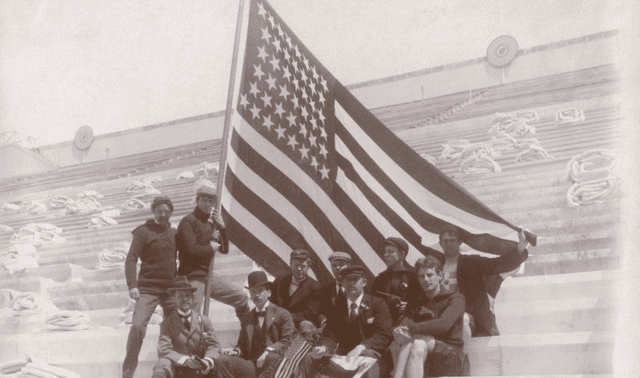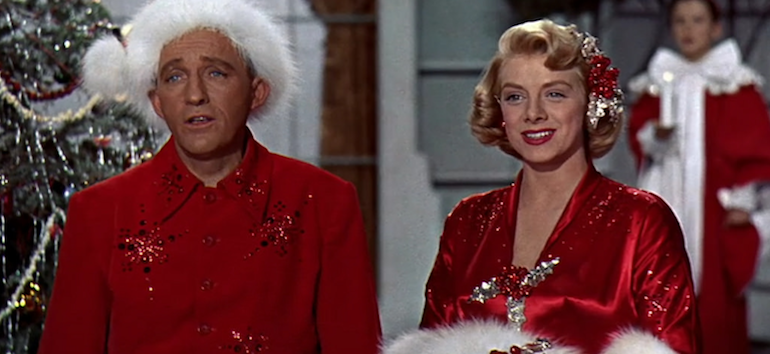
For so many of us, White Christmas isn’t just a wistful holiday song, but also a beloved Christmas film we watch annually. The musical romantic comedy stars Bing Crosby, Danny Kaye, Rosemary Clooney, and Vera-Ellen and features the songs of Irving Berlin. As the holidays draw near, let’s take a closer look at the history behind this magical holiday film.
A song worth singing
The film White Christmas was released in 1954, but Irving Berlin’s song by the same name was hardly new at the time – especially to Bing Crosby. Crosby first performed it in December of 1941, on his CBS radio show. The next year, he could be seen singing it on screen in the hit movie Holiday Inn. The song soon went to the top of the charts, where it remained for almost 4 months.
By 1943, it went on to win the Oscar for the best song. After hitting #1 on the charts again in both 1945 and 1947, Paramount made the decision to capitalize on the tune’s popularity, and began making preparations for the film in 1949. “White Christmas” held the record of all-time bestselling single for over 50 years, until it was replaced by Elton John’s 1997 recording of “Candle in the Wind.”
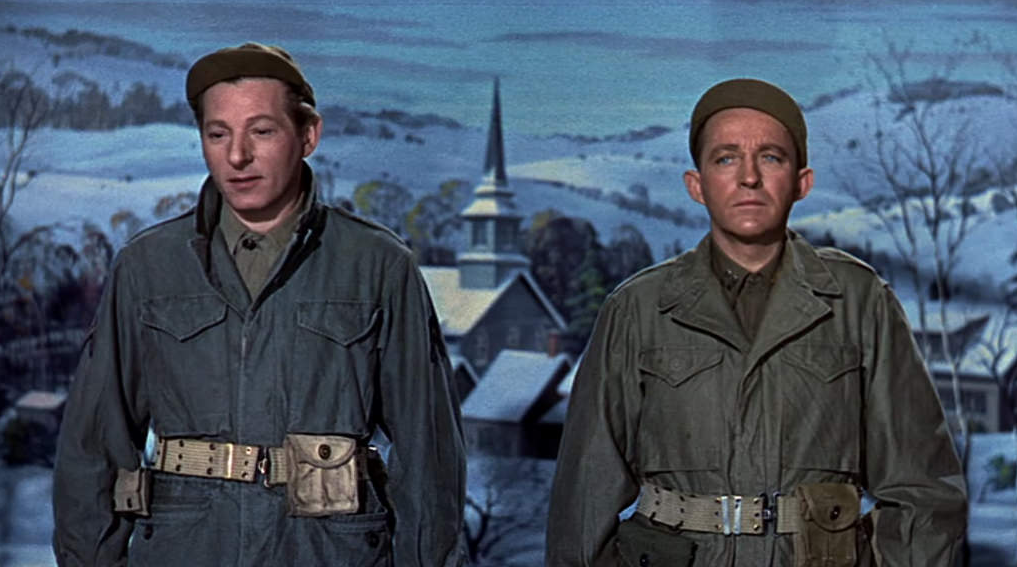
A change of plans
When Irving Berlin wrote White Christmas, he actually intended for it to reunite Bing Crosby and Fred Astaire, who had previously starred in two other Berlin musicals – Holiday Inn (1942) and Blue Skies (1946). However, after reading the script, Astaire declined the role and even requested to be released from his existing contract with Paramount. The production then signed with Donald O’Connor in place of Astaire, but just as shooting was set to begin, O’Connor became ill and had to drop out of the production as well. Danny Kaye was then signed on to play the role, and ended up being an excellent addition to the cast. In fact, as Rosemary Clooney once shared, he often caused many retakes when his antics made everyone laugh when they weren’t supposed to.
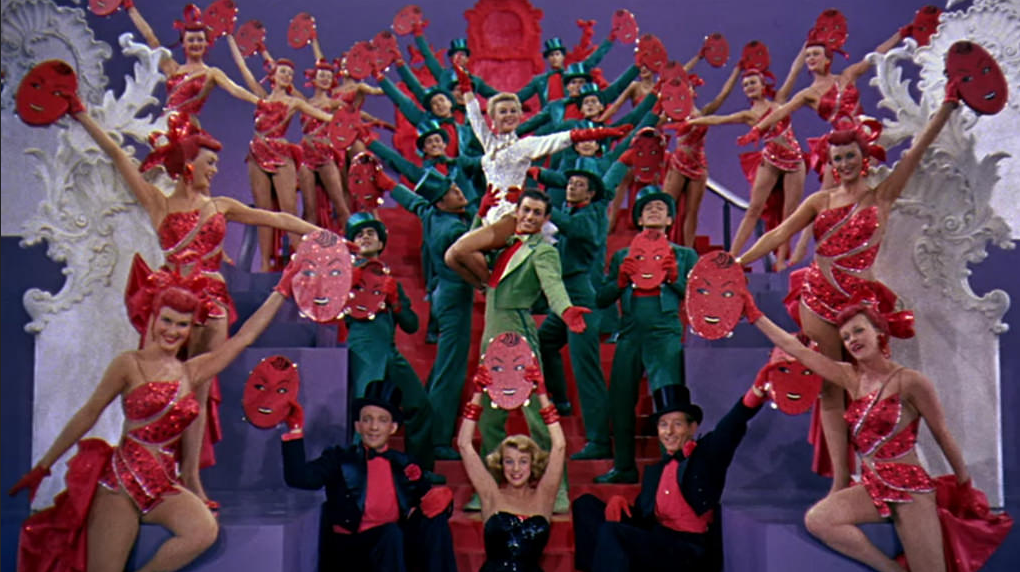
New forms of technology
Not only did White Christmas introduce more than a dozen new songs composed by Irving Berlin, the film also brought two brand new technologies to the big screen. The more well known of these technologies is VistaVision, which is a higher resolution, widescreen variant of the 35 mm motion picture film format that was created by Paramount the same year as the film’s release. VistaVision involved orienting the 35 mm negative horizontally in the camera gate and then shooting onto a larger area, yielding a finer-grained projection print which refined the quality of their flat widescreen system. The New York Times noted the technical achievement in its review: “The colors on the big screen are rich and luminous, the images are clear and sharp, and rapid movements are got without blurring – or very little.”
White Christmas also introduced introduced the Perspecta directional sound system. This process used three inaudible tones in order to pan the monaural sound into either left, center or right. These two new developments, paired with the inclusion of Technicolor, resulted in a breathtaking and engaging film.
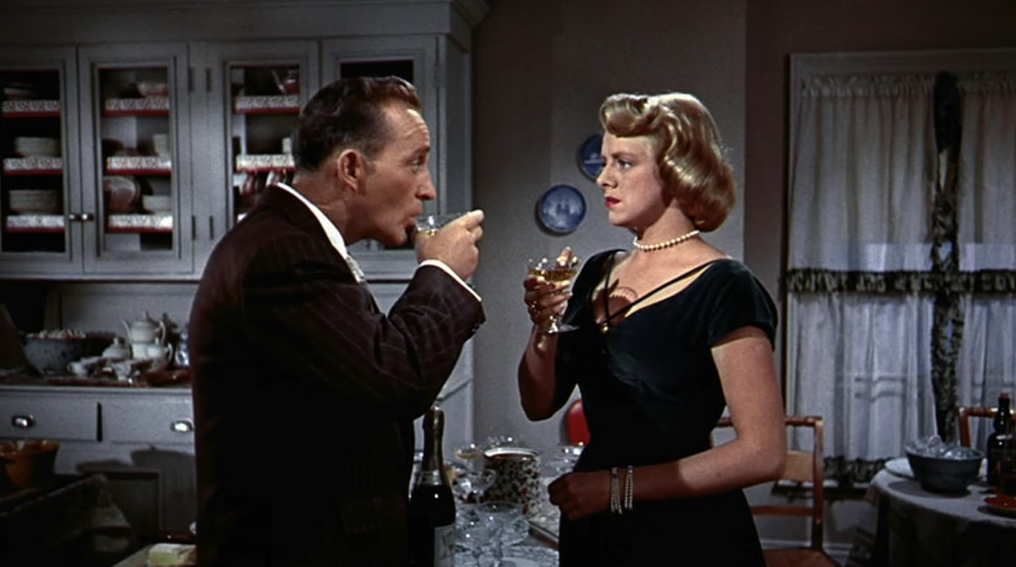
Connections to Holiday Inn
White Christmas and Holiday Inn had more in common that just Irving Berlin and Bing Crosby. As we noted previously, the song “White Christmas” actually appeared in Holiday Inn 12 years prior. What many don’t realize is that the Columbia Inn in Pine Tree, Vermont, where the majority of the film takes place, is actually a refurbished version of the inn from Holiday Inn.
The two movies also shared a sense of excitement that Irving Berlin found quite notable. As production began, he wrote in a letter to his friend Irving Hoffman, “It is the first movie that I’ve been connected with since Holiday Inn that has the feel of a Broadway musical. Usually there’s little enthusiasm once you get over the first week of a picture. But the change in this setup has resulted in an excitement that I am sure will be reflected in the finished job. In any event, as of today I feel great and very much like an opening in Philadelphia with a show.”
Curious about how your other holiday favorites came about? Be sure to check out our History of A Charlie Brown Christmas. Keep an eye on FamilyTreeMagazine.com between now and Christmas, as we’ll be exploring the history of more beloved yuletide movies and TV specials throughout the month of December.

